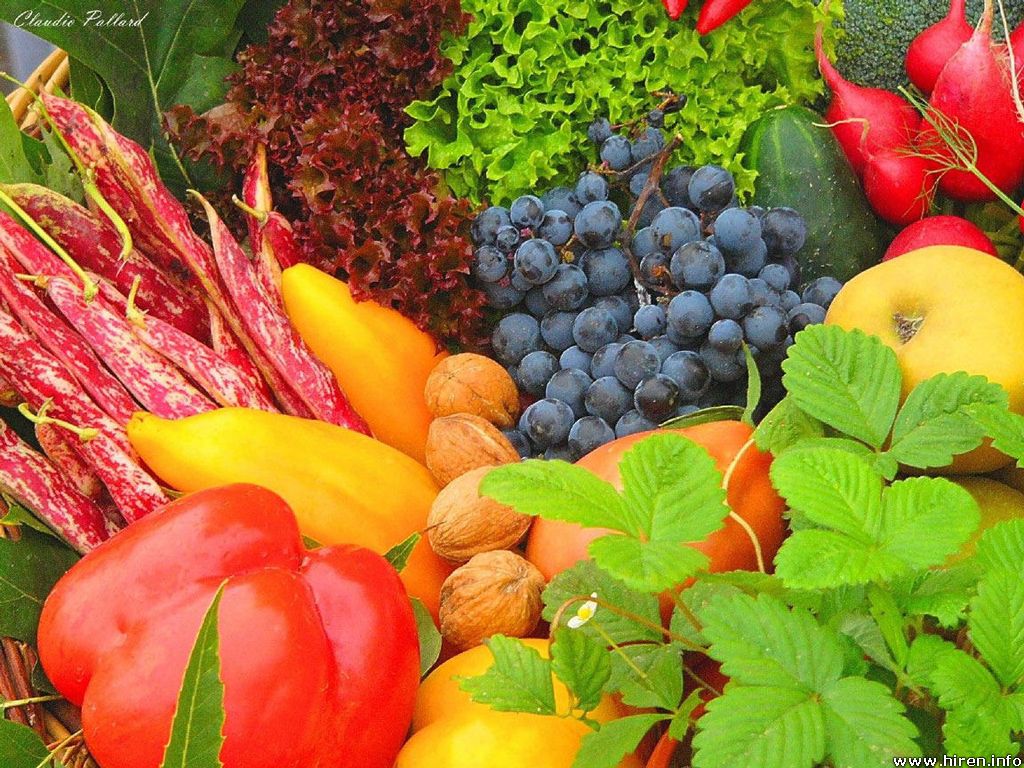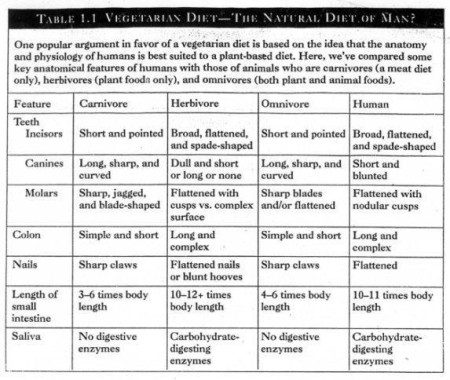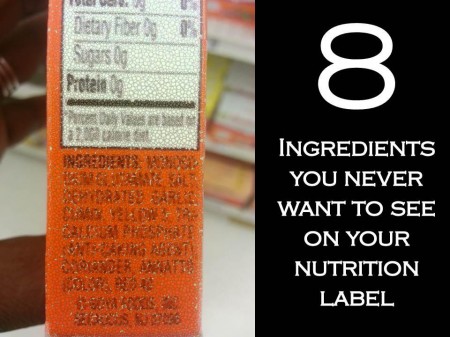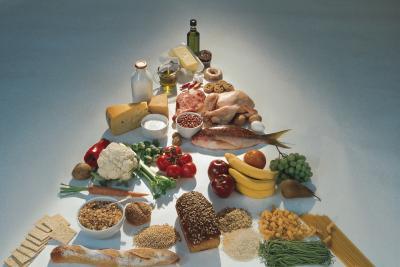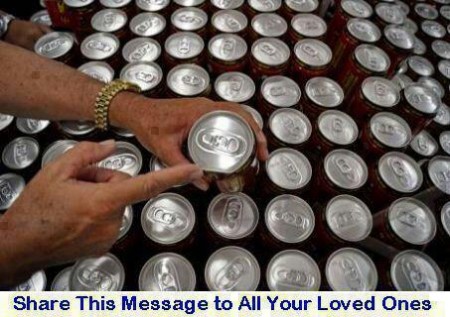 “On Sunday a family went to picnic with a few drinks in tin cans. Monday, two family members were admitted to the hospital and placed in Intensive Care Unit. He died on Wednesday. Autopsy results concluded it was Leptospirosis. The virus was stuck to the tin cans and consumed, without the use of glasses / cups. Test results showed that the tin was contaminated because mice urinated on them, and then it dried. The urine contained Leptospira. I Highly recommend to rinse the parts evenly on all soda cans before drinking it. Cans are usually stored in the warehouse and delivered direct to retail stores without cleaning. A study shows that the top of all beverage cans are more contaminated than public toilets (full of germs and bacteria.) So, clean it with water before drinking in order to prevent this from occurring. Please Share!”
“On Sunday a family went to picnic with a few drinks in tin cans. Monday, two family members were admitted to the hospital and placed in Intensive Care Unit. He died on Wednesday. Autopsy results concluded it was Leptospirosis. The virus was stuck to the tin cans and consumed, without the use of glasses / cups. Test results showed that the tin was contaminated because mice urinated on them, and then it dried. The urine contained Leptospira. I Highly recommend to rinse the parts evenly on all soda cans before drinking it. Cans are usually stored in the warehouse and delivered direct to retail stores without cleaning. A study shows that the top of all beverage cans are more contaminated than public toilets (full of germs and bacteria.) So, clean it with water before drinking in order to prevent this from occurring. Please Share!”
BHA
This preservative is used to prevent rancidity in foods that contain oils. Unfortunately, BHA (butylated hydroxyanisole) has been shown to cause cancer in rats, mice, and hamsters. The reason the FDA hasn’t banned it is largely technical—the cancers all occurred in the rodents’ forestomachs, an organ that humans don’t have. Nevertheless, the study, published in the Japanese Journal of Cancer Research, concluded that BHA was “reasonably anticipated to be a carcinogen,” and as far as I’m concerned, that’s reason enough to eliminate it from your diet.
You’ll find it in: Fruity Pebbles, Cocoa Pebbles
Parabens
These synthetic preservatives are used to inhibit mold and yeast in food. The problem is parabens may also disrupt your body’s hormonal balance. A study in Food Chemical Toxicology found that daily ingestion decreased sperm and testosterone production in rats, and parabens have been found present in breast cancer tissues.
You’ll find it in: Baskin-Robbins sundaes
Partially Hydrogenated Oil
I’ve harped on this before, but it bears repeating: Don’t confuse “0 g trans fat” with being trans fat-free. The FDA allows products to claim zero grams of trans fat as long as they have less than half a gram per serving. That means they can have 0.49 grams per serving and still be labeled a no-trans-fat food. Considering that two grams is the absolute most you ought to consume in a day, those fractions can quickly add up. The telltale sign that your snack is soiled with the stuff? Look for partially hydrogenated oil on the ingredient statement. If it’s anywhere on there, then you’re ingesting artery-clogging trans fat.
You’ll find it in: Long John Silver’s Popcorn Shrimp, Celeste frozen pizzas
FIGHT FAT WITH FAT! Some fats, like trans fat, will pad you with extra pounds, but other types can help you shed unwanted weight. See for yourself—pick up these 5 Fatty Foods that Make You Skinny today!
Sodium Nitrite
Nitrites and nitrates are used to inhibit botulism-causing bacteria and to maintain processed meats’ pink hues, which is why the FDA allows their use. Unfortunately, once ingested, nitrite can fuse with amino acids (of which meat is a prime source) to form nitrosamines, powerful carcinogenic compounds. Ascorbic and erythorbic acids—essentially vitamin C—have been shown to decrease the risk, and most manufacturers now add one or both to their products, which has helped. Still, the best way to reduce risk is to limit your intake.
You’ll find it in: Oscar Mayer hot dogs, Hormel bacon
Caramel Coloring
This additive wouldn’t be dangerous if you made it the old-fashioned way—with water and sugar, on top of a stove. But the food industry follows a different recipe: They treat sugar with ammonia, which can produce some nasty carcinogens. How carcinogenic are these compounds? A Center for Science in the Public Interest report asserted that the high levels of caramel color found in soda account for roughly 15,000 cancers in the U.S. annually. Another good reason to scrap soft drinks? They’re among The 20 Worst Drinks in America.
You’ll find it in: Coke/Diet Coke, Pepsi/Diet Pepsi
Castoreum
Castoreum is one of the many nebulous “natural ingredients” used to flavor food. Though it isn’t harmful, it is unsettling. Castoreum is a substance made from beavers’ castor sacs, or anal scent glands. These glands produce potent secretions that help the animals mark their territory in the wild. In the food industry, however, 1,000 pounds of the unsavory ingredient are used annually to imbue foods—usually vanilla or raspberry flavored—with a distinctive, musky flavor.
You’ll find it in: Potentially any food containing “natural ingredients”
Food Dyes
Plenty of fruit-flavored candies and sugary cereals don’t contain a single gram of produce, but instead rely on artificial dyes and flavorings to suggest a relationship with nature. Not only do these dyes allow manufacturers to mask the drab colors of heavily processed foods, but certain hues have been linked to more serious ailments. A Journal of Pediatrics study linked Yellow 5 to hyperactivity in children, Canadian researchers found Yellow 6 and Red 40 to be contaminated with known carcinogens, and Red 3 is known to cause tumors. The bottom line? Avoid artificial dyes as much as possible.
You’ll find it in: Lucky Charms, Skittles, Jell-O
THE DOMINO EFFECT: Sugar doesn’t just come in the form of cookies and candy. Discover the insidious ways it can creep into your diet with 9 Sneaky Sources of Sugar.
Hydrolyzed Vegetable Protein
Hydrolyzed vegetable protein, used as a flavor enhancer, is plant protein that has been chemically broken down into amino acids. One of these acids, glutamic acid, can release free glutamate. When this glutamate joins with free sodium in your body, they form monosodium glutamate (MSG), an additive known to cause adverse reactions—headaches, nausea, and weakness, among others—in sensitive individuals. When MSG is added to products directly, the FDA requires manufacturers to disclose its inclusion on the ingredient statement. But when it occurs as a byproduct of hydrolyzed protein, the FDA allows it to go unrecognized.
Read original article here

